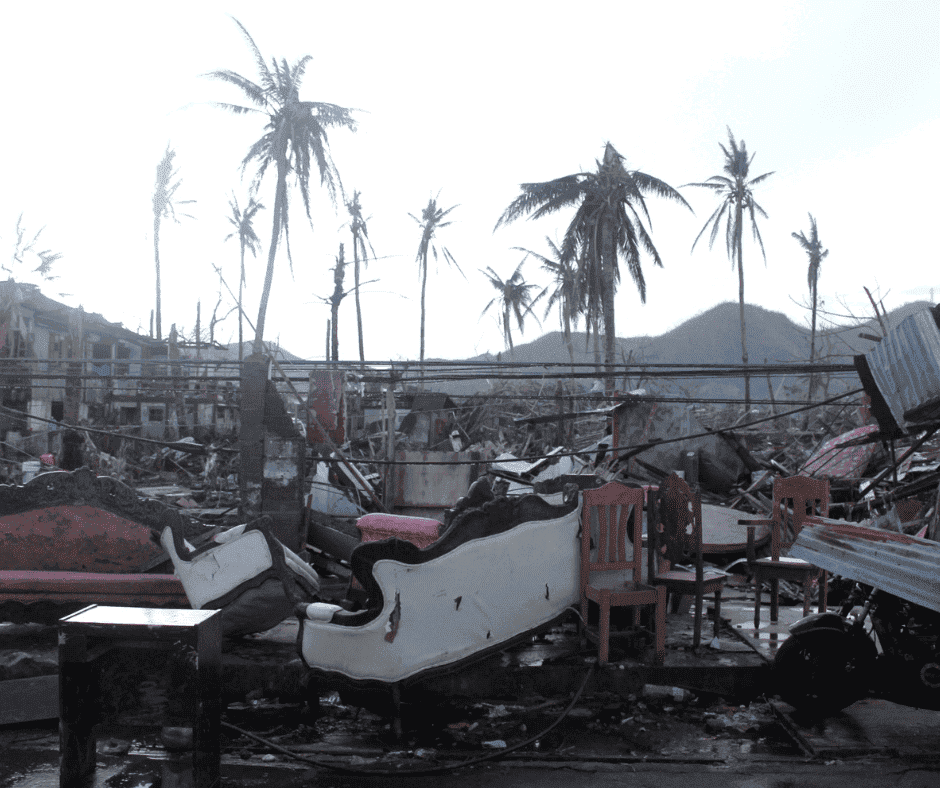On Tuesday, the Philippine Atmospheric, Geophysical and Astronomical Services Administration (PAGASA) announced that the low-pressure area within the Philippine Area of Responsibility has developed into Tropical Depression Chedeng. As of the 11:30 a.m. update, Chedeng was last tracked 1,170 kilometers east of southeastern Luzon.
Tropical Depression Chedeng currently has maximum sustained winds of 45 km/hour near the centre, with gustiness of up to 55km/per hour. The system is almost stationary and is expected to remain far from the landmass, making it unlikely to bring heavy rainfall over any part of the country in the next three to five days.
Despite this, PAGASA has not ruled out the possibility that Chedeng may enhance the southwest monsoon, locally known as “habagat.” However, the areas, timing, and intensity of monsoon rains may still change as they depend on the movement and intensity of the tropical depression.

PAGASA added that the potential for occasional wind gusts due to the enhanced monsoon winds could still change. Currently, the TD is not expected to cause rough sea conditions over the coastal waters of the Philippines in the next 24 hours.
Read more: 5 Government Agencies in the Philippines Offering Scholarships for Filipino Students.
PAGASA predicts that Chedeng may intensify into a tropical storm on Wednesday and reach typhoon category status by Thursday. The weather bureau will closely monitor the tropical depression’s development and provide regular updates to the public.
Residents, particularly those prone to flooding and landslides, are advised to remain vigilant and stay tuned for further updates from PAGASA and local government units. It is crucial to heed any advisories or evacuation orders issued by the authorities to ensure their safety.
The formation of Tropical Depression Chedeng reminds the public always to be prepared during the typhoon season. It is recommended to have an emergency preparedness kit on hand, secure loose objects outdoors, and stay informed about the latest weather updates from reliable sources.
PAGASA continues to monitor the situation closely and will issue further bulletins to keep the public well-informed about the development and potential impacts of Tropical Depression Chedeng.
Read more: From 4Ps Beneficiary to Licensed Engineer: Shemiah Pineda’s Inspiring Journey.
Habagat and Amihan: The Seasonal Winds of the Philippines
The Philippines, an archipelago located in Southeast Asia, experiences a unique climatic phenomenon known as the habagat and amihan. These two prevailing winds greatly influence the country’s weather patterns and play a crucial role in shaping the lives of its people. This blog will delve into the characteristics, effects, and significance of the habagat and amihan winds in the Philippines.
Table of Contents
Understanding the Habagat:
The habagat, also called the southwest monsoon, is a seasonal wind that blows from the southwest. It typically occurs from May to October, bringing warm and moist air from the Indian Ocean and the South China Sea. As the habagat prevails, it pushes humid air towards the land, resulting in increased rainfall across many regions of the Philippines.
Characteristics of the Habagat:
- Rainfall: The habagat is associated with heavy rain, often leading to significant flooding in low-lying areas.
- Temperature: Due to the influx of moist air, temperatures during the habagat season are relatively lower than the rest of the year.
- Wind Strength: The habagat wind can be strong, particularly along coastal areas, leading to rough seas and hazardous conditions for maritime activities.
Effects of the Habagat:
- Agriculture: The habagat is crucial for agricultural activities, as the ample rainfall it brings promotes the growth of crops and replenishes water sources.
- Flooding: The habagat’s heavy downpours can result in flooding, particularly in urban areas with poor drainage systems.
- Transportation: The habagat can disrupt land and air travel due to strong winds and heavy rains.
Unraveling the Amihan:
The amihan, also known as the northeast monsoon, is the opposite of the habagat. It prevails from November to April, bringing calm and dry air from the Asian continent. The amihan wind is characterized by its gentle and cool breeze, providing relief from the hot and humid climate that dominates the rest of the year.
Characteristics of the Amihan:
- Dry Season: The amihan signifies the dry season in the Philippines, with decreased rainfall and clearer skies.
- Temperature: The arrival of the amihan wind brings cooler temperatures, making it a favorite season for locals and tourists alike.
- Wind Strength: Unlike the habagat, the amihan wind is generally milder and more predictable, making it ideal for water-based activities such as sailing and surfing.
Effects of the Amihan:
- Tourism: The amihan season attracts tourists worldwide, who flock to the Philippines to enjoy its pleasant weather, clear waters, and beautiful beaches.
- Fishing: The cooler waters brought by the amihan contribute to the abundance of marine life, benefiting the fishing industry.
- Outdoor Activities: The amihan season provides favorable conditions for outdoor activities such as hiking, camping, and exploring the country’s natural wonders.
Cultural and Social Significance:
Both the habagat and amihan hold cultural and social significance for Filipinos. The habagat, despite its potential for destructive flooding, is seen as a vital water source for agriculture and is often associated with abundance and fertility. On the other hand, the amihan is celebrated for its gentle breeze, cooler temperatures, and clear skies, which provide an ideal environment for outdoor festivities, celebrations, and family gatherings.


